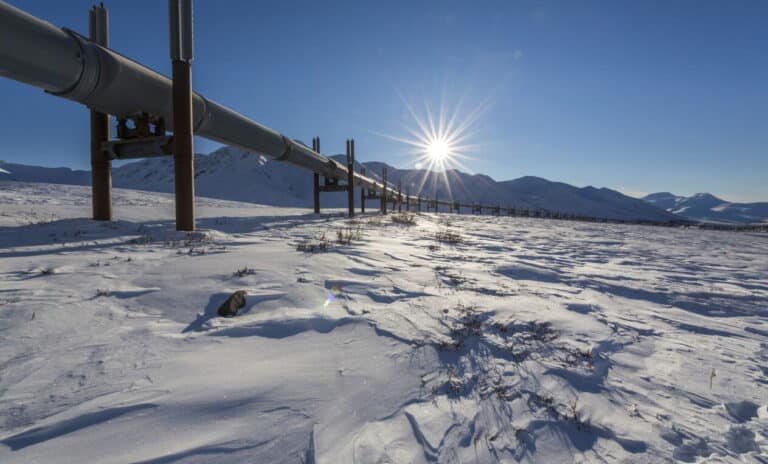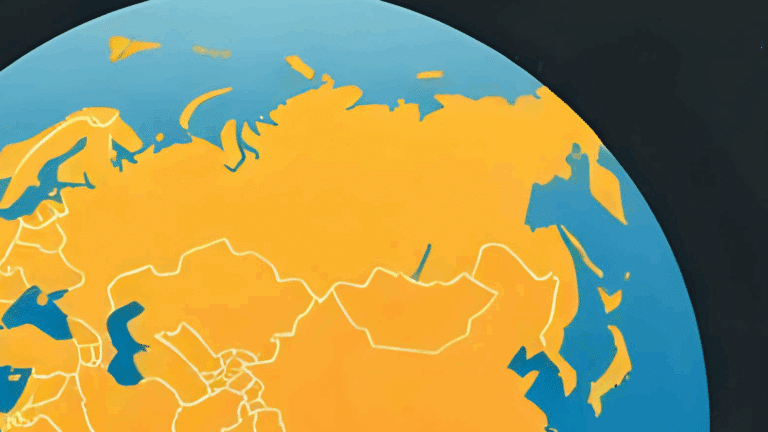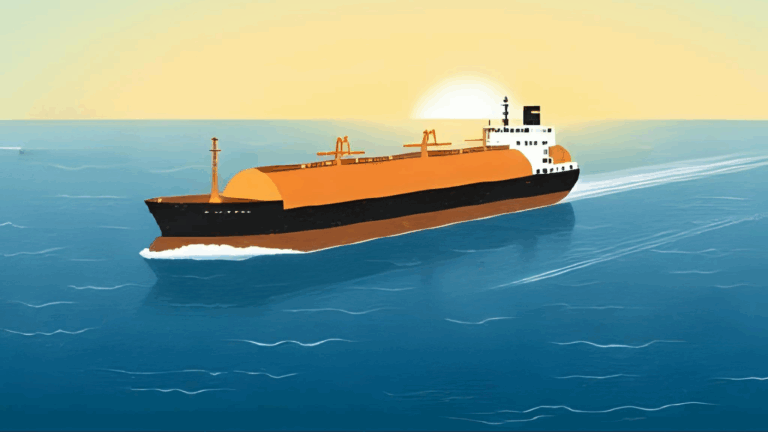Today the Center on Global Energy Policy released a new study, “The US Shale Gas Revolution and its Impact on Qatar’s Position in Gas Markets”, that examines how Qatar may be impacted by major changes to the global LNG market, especially the development of US LNG exports, what those changes mean for Qatar’s revenues and the options it has to respond to new global competition. The study, a collaboration with the Oxford Energy Institute for Energy Studies, was co-authored by Bassam Fattouh, Howard Rogers and Peter Stewart.
You can download and read the full report here (PDF) and the key findings are pasted below.
Key Findings:
– Rising LNG supply volumes globally over the 2018–23 period, both from US LNG projects and elsewhere, as well as Russian response to rising competition and Chinese demand, create uncertainty about Qatar’s ability to maximize revenues by diverting volumes between Asia and Europe.
– The United States will be in a strong position to compete with Qatar to serve as a swing supplier between Asia and Europe/South America, as US LNG exports will not be destination-restricted. This implies that in addition to the absolute volume of LNG exports that is allowed by the US, also important is the fact that the volumes can be flexibly traded, and could lead to a build out in the spot LNG market over time.
– LNG exporters will face pressure to offer more flexible price indexation from US LNG exports, which offer volumes on a Henry Hub–related basis, rather than on an oil-based index, as Asian customers seek more diversified pricing structures.
– While these changes to the global LNG market will likely have an impact on Qatar’s revenues, its fiscal buffers and huge resource base allows it to adjust to challenges. In addition, it is unlikely that prices in the Asia-Pacific will collapse for a protracted period, even with new supplies coming online from the United States and elsewhere.
– Qatar will very likely remain the lowest-cost producer relative to greenfield project competitors, especially given that Qatar produces significant volumes of condensates and natural gas liquids (NGLs) associated with its natural gas production.
– Should Qatar decide to lift the moratorium on further North Field development, it may benefit from waiting through the 2018–23 “soft market” or by trying to intimidate competitors into deferring competing projects by announcing a firm intent to bring on new volumes as soon as possible once an announcement of the lifting of the moratorium is effected.




